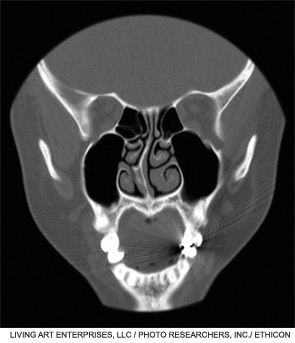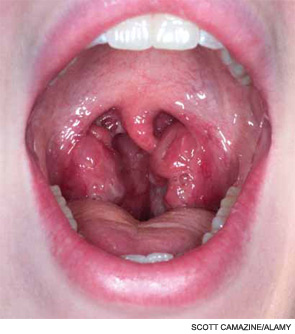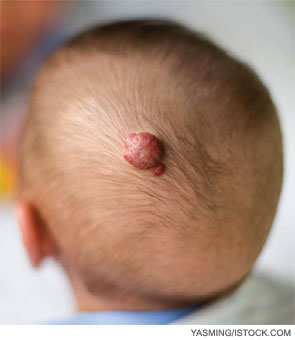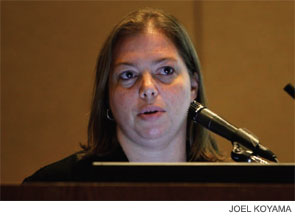The otolaryngology treatments of tomorrow are the research of today, but somebody has to pay for it.



For patients who undergo septoplasty to repair a crooked septum, reconnecting pieces of cartilage and stabilizing the cartilage during the healing process is critical to achieving straight alignment of the nasal septum. Stabilizing cartilage is particularly challenging for patients who require correction of severe septal deviations or severe post-traumatic deformities that are often both functional and cosmetic.

For otolaryngologists seeing increasing numbers of children with sleep-disordered breathing, whether or not to refer children for a polysomnography (PSG) prior to surgery is not a decision easily made. Currently, only about 10 percent of otolaryngologists request a sleep study in children with sleep-disordered breathing prior to surgery.

The most significant danger to children now is obesity, and of the many related comorbidities that affect obese children, obstructive sleep apnea (OSA) will impact a child’s life more than anything else, according to Carole Marcus, MD, an invited lecturer here last month at SLEEP 2011, the 25th Annual Meeting of the Associated Professional Sleep Societies.Dr. Marcus is a professor of pediatrics at the University of Pennsylvania and director of the sleep center at Children’s Hospital of Philadelphia.
The large, roadside billboards advertised robotic surgery in bright, bold colors, something that struck David Eibling, MD, professor of otolaryngology at the University of Pittsburgh, as “fundamentally wrong.” Hospitals and physicians “should not be offering robotic surgery as a draw for patients,” said Dr. Eibling, who noticed the billboards while traveling through Florida earlier this year, “but rather as a potential tool to benefit the care of the patient.”

Since the first report in 2008 of the effectiveness of propranolol to treat infantile hemangiomas, its use has grown among physicians who treat these tumors, which arise in 5 to 10 percent of infants. Among these infants, approximately 10 percent will require treatment to correct functional impairment or prevent lasting cosmetic deformity caused by the hemangioma.

For patients undergoing surgery, identification of known or suspected obstructive sleep apnea (OSA) is critical to avoid or minimize surgical complications that are increased in these patients, experts said here last month at SLEEP 2011, the 25th Annual Meeting of the Associated Professional Sleep Societies.

Among the issues highlighted here last month at SLEEP 2011, the 25th Annual Meeting of the Associated Professional Sleep Societies, was the effect of inadequate sleep on both the health of the individual and on society at large. Two studies presented at the meeting, for example, looked at the effects of inadequate sleep on health care providers and the risks posed to their health and the health of their patients. Another study put into context just how underreported inadequate sleep and sleep disorders are and elaborated on the challenge this poses to otolaryngologists and others who are on the frontlines managing these disorders.
As in all of medicine, the future of sleep medicine will be defined in part by changes evolving under the health care reform law and by the need to slow the unsustainable cost of medical care, experts said here last month at a session at SLEEP 2011, the 25th Annual Meeting of the Associated Professional Sleep Societies,
Dr. Johnson gave the presentation at COSM 2011.